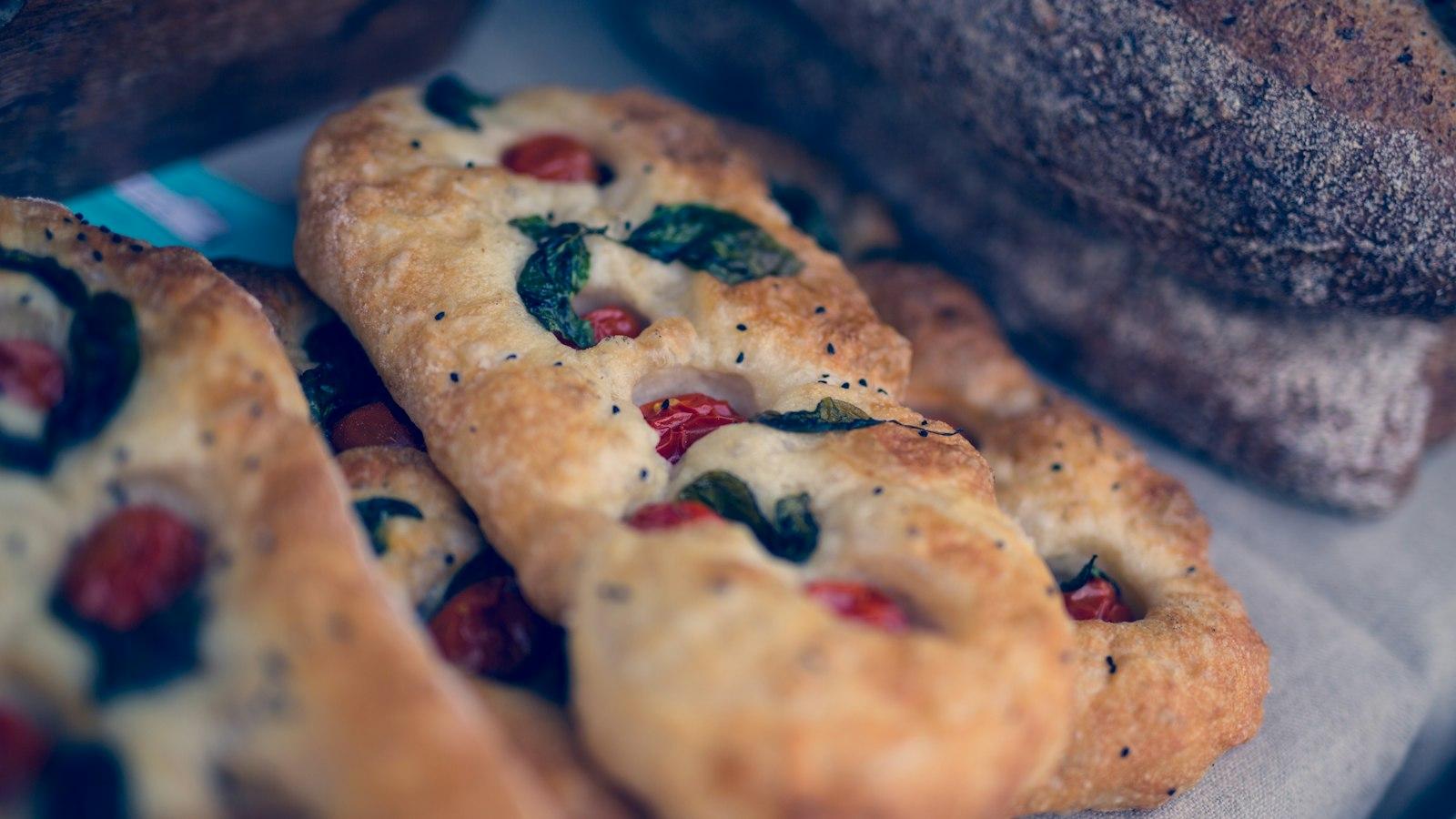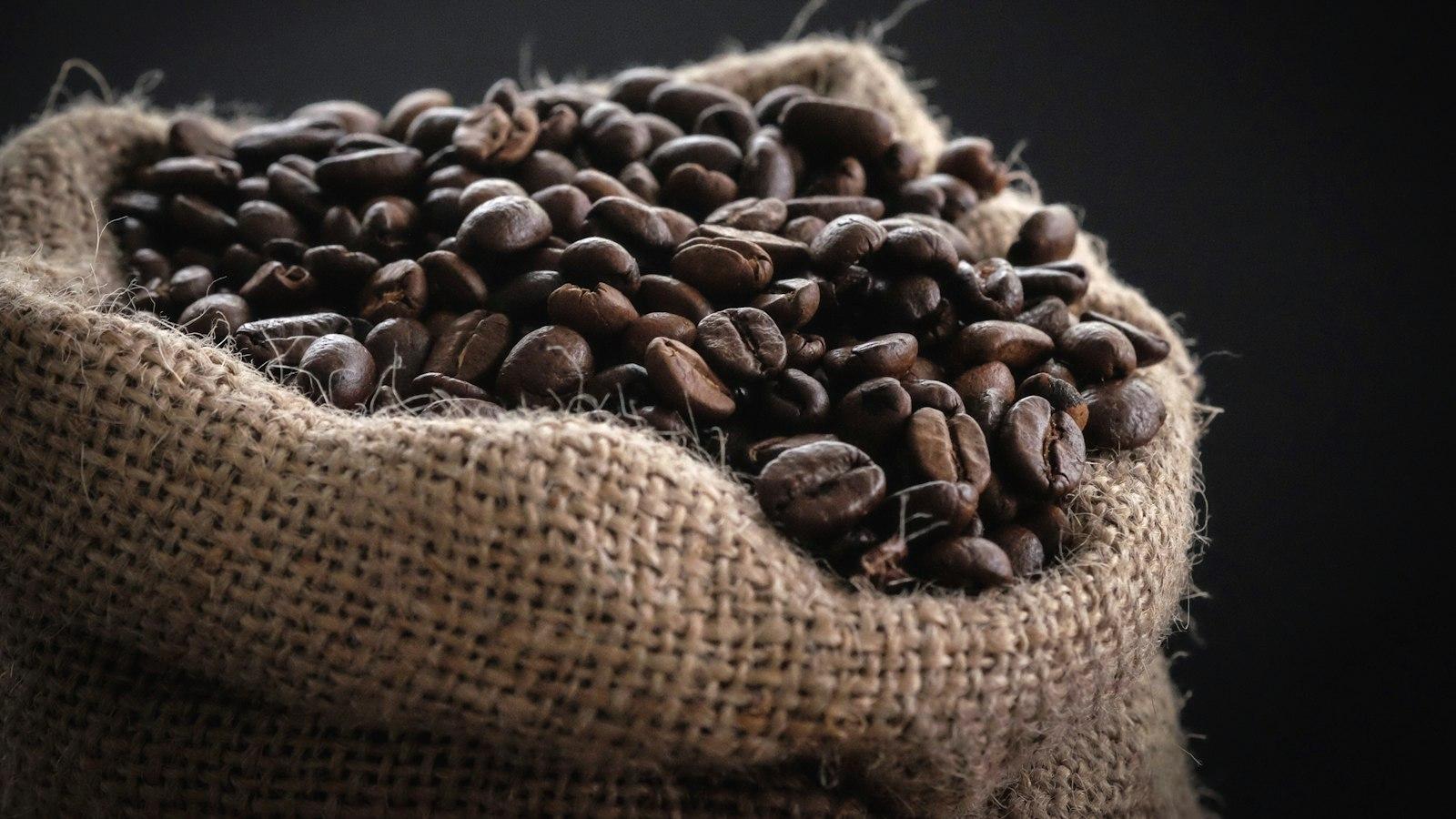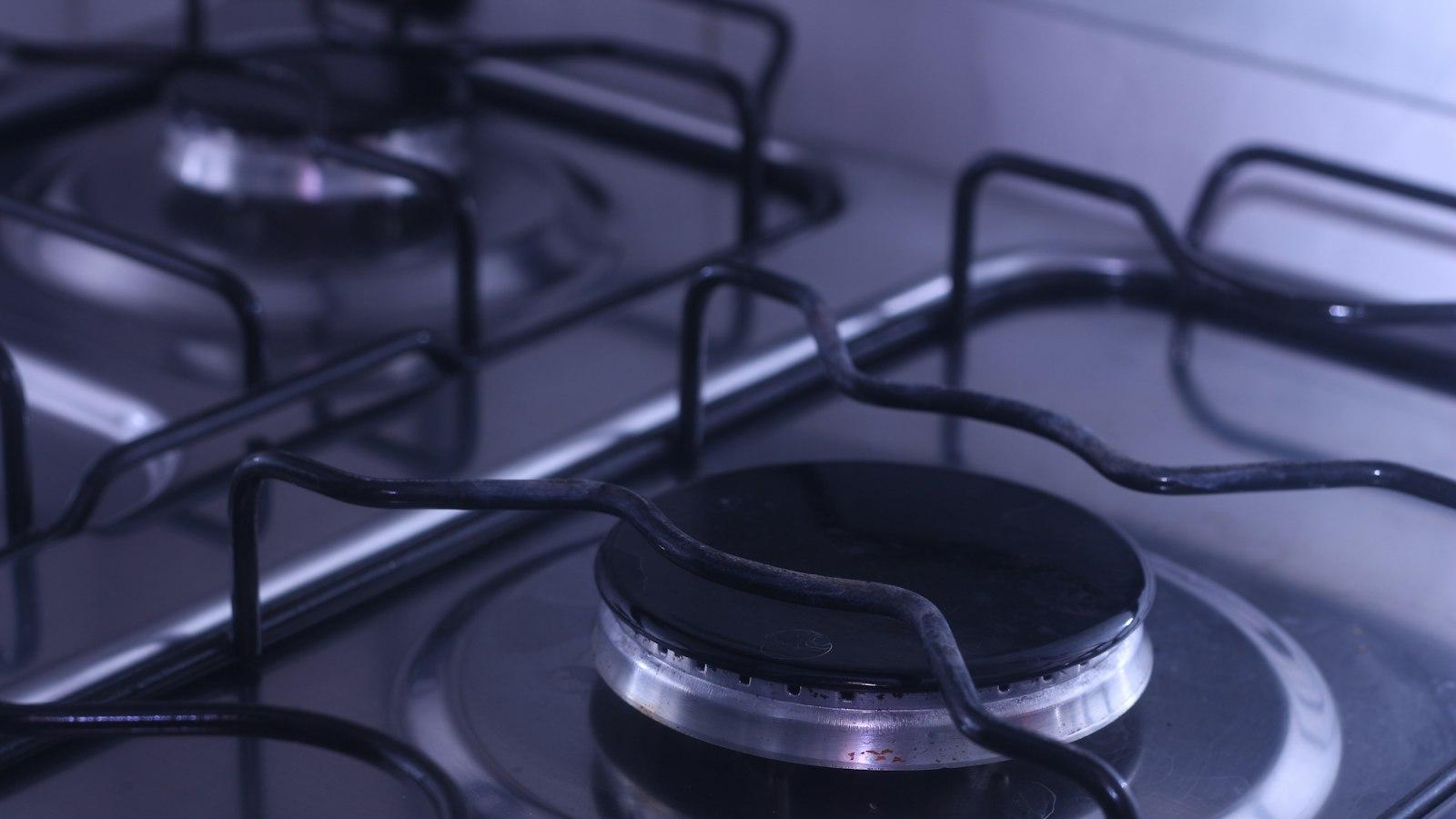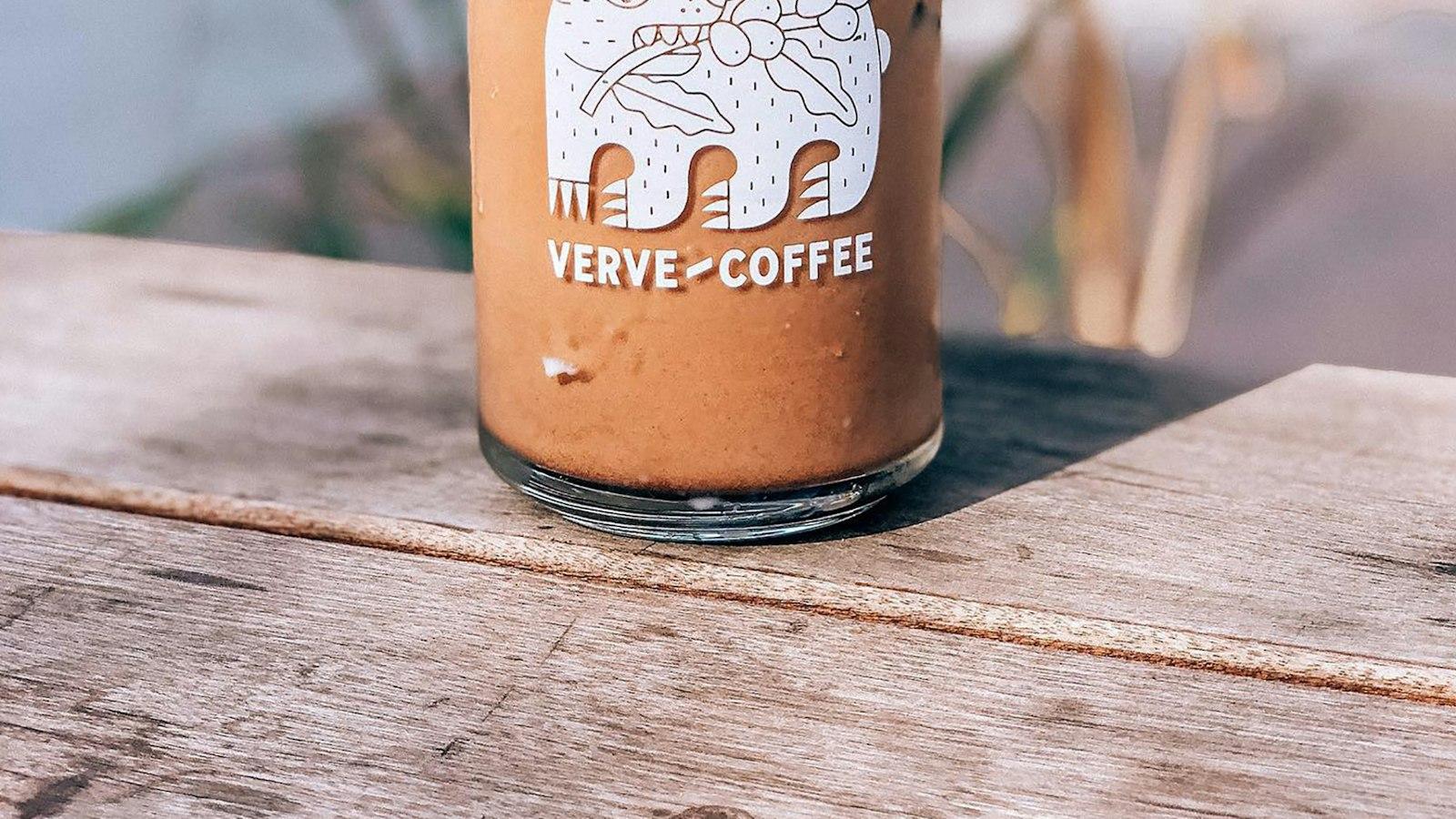
If you’re new to the world of roaster ovens or looking to expand your cooking repertoire, you’ve come to the right place. In this article, we’ll guide you through the ins and outs of using a roaster oven, providing step-by-step instructions and helpful tips along the way. Whether you’re hosting a festive gathering, preparing a mouthwatering roast, or simply seeking a convenient alternative to your traditional oven, this comprehensive guide will equip you with the knowledge and confidence you need to make the most of your roaster oven. So let’s dive in and discover the endless possibilities this versatile appliance has to offer!
Preheating the Roaster Oven for Optimal Results
<p>When it comes to using a roaster oven, preheating is a crucial step that should not be overlooked. Proper preheating ensures that your oven reaches the desired temperature before you start cooking, resulting in optimal results for your dishes. Here are some tips to help you preheat a roaster oven like a pro:</p>
<h3>1. Check the manufacturer's instructions</h3>
<p>Before you begin, always consult the instruction manual provided by the manufacturer. These guidelines will give you specific information on how long the oven should be preheated and at what temperature. Following these instructions will help you achieve the best possible cooking results.</p>
<h3>2. Set the temperature accurately</h3>
<p>Most roaster ovens have a temperature dial or a digital display to help you set the desired cooking temperature. Make sure to set it accurately to the recommended temperature specified in your recipe. Remember, a well-preheated oven will evenly cook your food and ensure its deliciousness.</p>
<h3>3. Allow sufficient preheating time</h3>
<p>Preheating a roaster oven generally takes about 15-20 minutes, depending on its size and power. However, larger ovens may require additional time. Give your oven ample time to reach the desired temperature so that it can efficiently cook your food and save you from unnecessary delays. Keep an eye on the oven's temperature gauge to know when it's ready.</p>
<h3>4. Use an oven thermometer</h3>
<p>If you want to be extra precise with your cooking, consider using an oven thermometer. Place the thermometer inside the oven and monitor the temperature. This will ensure that the oven is preheated to the correct level, especially if you suspect your oven's built-in temperature gauge is not accurate.</p>
<h3>5. Prepare your ingredients during preheating</h3>
<p>While waiting for your roaster oven to preheat, take advantage of this time to prep your ingredients. Chop vegetables, marinate meat, or gather spices and seasonings so that everything is ready to go once the oven is hot. This way, you can seamlessly move on to the cooking process once the oven reaches the desired temperature.</p>
Choosing the Right Temperature and Cooking Time
When it comes to cooking with a roaster oven, is essential for delicious and perfectly cooked meals. By following a few simple guidelines, you can ensure that your meals are cooked to perfection every time.
Finding the Right Temperature
One of the first things to consider when using a roaster oven is the temperature setting. The ideal temperature will vary depending on the type of food you are cooking. Here are some general guidelines to get you started:
- Poultry: Set the temperature to 325°F (163°C) for whole chickens and turkeys.
- Roasts: Aim for a temperature of 325°F (163°C) for pork, beef, or lamb roasts.
- Baked Goods: When baking bread or cakes, a temperature of 350°F (177°C) is typically recommended.
Remember, these are just starting points, and you should always refer to your specific recipe for more accurate temperature recommendations.
Determining the Cooking Time
The cooking time in a roaster oven will depend on various factors such as the size and type of food you are preparing. Here are some tips to help you decide:
- Refer to Recipes: If you are using a recipe, always follow the recommended cooking time provided.
- Use a Meat Thermometer: For meats, using a meat thermometer is the most accurate way to determine doneness. Insert the thermometer into the thickest part of the meat and ensure it reaches the recommended internal temperature.
- Consider Weight: As a general guideline, allow around 20 minutes of cooking time per pound (450 grams) for most meat cuts.
Tips for Perfect Results
To ensure your meals turn out flavorful and tender, consider the following tips:
- Preheat the Oven: Just like a regular oven, it is important to preheat your roaster oven before cooking. This ensures even heat distribution and prevents uneven cooking.
- Utilize the Rack: Placing a roasting rack inside the oven helps to elevate the food, allowing hot air to circulate beneath and around it, resulting in more even cooking.
- Baste Regularly: Basting your food throughout the cooking process adds moisture and enhances flavor. Be sure to use a basting brush or a turkey baster to keep your meal moist and delicious.
Temperature and Cooking Time Chart
| Food | Temperature | Cooking Time |
|---|---|---|
| Whole Chicken | 325°F (163°C) | 20 minutes per pound (450 grams) |
| Pork Roast | 325°F (163°C) | 20 minutes per pound (450 grams) |
| Beef Roast | 325°F (163°C) | 20 minutes per pound (450 grams) |
| Bread | 350°F (177°C) | Varies depending on recipe |
Refer to this chart for a quick reference on temperature and cooking time for some commonly cooked foods.

Mastering Roasting Techniques for Perfect Results
Roasting is a cooking technique that can elevate the flavor of meats, vegetables, and even desserts. Whether you are a seasoned chef or just starting out in the kitchen, mastering the art of roasting can lead to perfect and delicious results every time. In this post, we will explore the ins and outs of using a roaster oven to achieve culinary excellence.
Choosing the Right Roaster Oven
When it comes to selecting a roaster oven, there are a few key factors to consider. First and foremost, size matters. The oven should be large enough to accommodate the food you intend to roast, whether it’s a Thanksgiving turkey or a small chicken. Additionally, look for an oven with adjustable temperature settings to give you maximum control over the roasting process. Finally, opt for a model with a removable rack and insert for easy cleaning and versatility.
Preparing Your Ingredients
Before you begin roasting, it’s crucial to properly prepare your ingredients. For meats, this often involves marinating or seasoning the meat with your desired flavors. Vegetables can be tossed with olive oil, salt, and pepper for a simple yet delicious addition to your meal. Remember that roasting intensifies flavors, so use bold and aromatic seasonings to enhance the taste of your dish.
Roasting Techniques
Now that you have your roaster oven and ingredients ready, it’s time to dive into the actual roasting process. One of the most important things to remember is to preheat your roaster oven to the desired temperature before placing the food in it. This ensures that the food cooks evenly and retains moisture. For the best results, place the food on the rack and position it in the center of the oven.
Tips for Perfect Roasting
To ensure perfect results every time, follow these helpful tips. Firstly, use a meat thermometer to check for doneness. This will prevent overcooking and provide you with tender and juicy meat. Secondly, resist the temptation to constantly open the oven door to check on your dish as this can cause fluctuations in temperature. And lastly, allow your roasted food to rest for a few minutes before carving or serving. This resting period allows the juices to redistribute, resulting in a more flavorful and moist final product.

Essential Tips for Cleaning and Maintaining your Roaster Oven
Regular cleaning and maintenance of your roaster oven is essential to ensure its longevity and optimal performance. Here are some helpful tips to keep your roaster oven in top shape:
1. Read the Manual
Before using your roaster oven, take some time to carefully read the instruction manual. It will provide you with specific information on how to clean and maintain your particular model. Familiarize yourself with the recommended cleaning methods and any special precautions.
2. Clean the Exterior
Start by cleaning the exterior of your roaster oven. Use a soft cloth and mild soap to wipe away any smudges or stains. Avoid using abrasive cleaners or scouring pads, as they can damage the oven’s finish. Rinse with water and pat dry.
3. Clean the Interior
After each use, allow the roaster oven to cool completely before cleaning. Remove the cooking rack and wash it with warm soapy water. Thoroughly clean the interior with a non-abrasive sponge or cloth, making sure to remove any food residue or grease. Rinse with water and wipe dry.
If your roaster oven has stubborn stains or baked-on grease, try using a baking soda paste. Mix baking soda with a little water to form a thick paste, and apply it to the stains. Let it sit for a few minutes before scrubbing gently with a sponge. Rinse with water and wipe dry.
4. Maintain the Temperature Control
The temperature control dial of your roaster oven may accumulate dirt and residue over time. To keep it functioning properly, regularly wipe the dial with a damp cloth. Avoid using excessive water to prevent damage to the electrical components. Be sure to unplug the roaster oven before cleaning the control dial.
5. Store Properly
When not in use, store your roaster oven in a dry and clean location. Avoid stacking heavy objects on top of it to prevent any damage. If your roaster oven came with a storage cover, use it to protect the appliance from dust and moisture.
By following these , you can enjoy delicious meals for years to come. Remember to always prioritize safety and consult the manufacturer’s guidelines for specific cleaning instructions.

Unlocking the Versatility of a Roaster Oven: Beyond Roasting
If you think a roaster oven is only useful for roasting meat, think again! These versatile countertop appliances can be used for a wide range of cooking tasks, making them a must-have for any kitchen. In this post, we’ll show you how to unlock the full potential of your roaster oven and go beyond the realm of roasting.
Baking: Did you know that you can use a roaster oven as a convenient alternative to a traditional oven? Whether you’re making a batch of cookies, a rustic loaf of bread, or a delicious cake, your roaster oven can handle it all. Simply adjust the temperature and cooking time accordingly, and you’ll have perfectly baked goods in no time. Plus, the even heat distribution in a roaster oven ensures that your baked treats come out golden and delicious every time.
Slow Cooking: If you’re a fan of slow-cooked meals but don’t want to invest in a separate slow cooker, your roaster oven can come to the rescue. Just like a slow cooker, a roaster oven is perfect for braising meats, simmering stews, or making a hearty batch of chili. The low and even heat of a roaster oven ensures that your meals are cooked to perfection, with tender meats and rich, flavorful sauces.
Steaming: Looking for a healthier way to cook your favorite foods? Your roaster oven can double as a steamer, allowing you to easily prepare nutritious steamed vegetables, fish, or dumplings. Simply place a steamer basket or rack inside the roaster oven, add water, and let the steam work its magic. Steaming preserves the nutrients and flavors of your ingredients, resulting in delicious and healthy meals.
Keeping Food Warm: Hosting a party or a large gathering? Your roaster oven can be a real lifesaver when it comes to keeping food warm. Whether it’s a buffet-style dinner or a potluck, your roaster oven can maintain a steady temperature, keeping your dishes hot and ready to serve. With adjustable temperature settings and a large capacity, you’ll never have to worry about your food getting cold again.
Cooking Large Quantities: Finally, one of the greatest advantages of a roaster oven is its ability to cook large quantities of food. Whether you’re preparing a holiday feast or cooking for a crowd, a roaster oven can handle it all. With its generous capacity, you can easily fit a large turkey, a whole chicken, or even multiple pans of lasagna. Say goodbye to cramped ovens and limited cooking space – your roaster oven is here to save the day.
In conclusion, a roaster oven is much more than just a tool for roasting meat. Its versatility allows you to bake, slow cook, steam, keep food warm, and cook large quantities with ease. So, dust off that roaster oven and start exploring all the delicious possibilities it has to offer. Happy cooking!
Q&A
Q: What is a roaster oven and how does it work?
A: A roaster oven is a versatile appliance designed for cooking large meals. It functions similarly to a traditional oven but operates independently and can be used for both roasting and baking. Roaster ovens feature a removable cooking pot, a heating element, and a thermostat that regulates the temperature for even cooking.
Q: How do I properly clean and maintain a roaster oven?
A: To clean a roaster oven, start by unplugging it and allowing it to cool down. Once cool, remove the lid and cooking pot. Clean the cooking pot using warm, soapy water, ensuring all food remnants are thoroughly removed. The exterior of the roaster can be wiped with a damp cloth, while the lid can be hand-washed or placed in the dishwasher if it is dishwasher-safe. When storing the roaster oven, make sure it is completely dry to avoid any mold or mildew growth.
Q: Can a roaster oven be used for baking?
A: Yes, a roaster oven can be used for baking just like a traditional oven. It can accommodate various dishes such as cakes, casseroles, and even bread. However, note that cooking times may vary from a regular oven, so it is recommended to keep a close eye on your bake or use a food thermometer to ensure doneness.
Q: How do I set the temperature on a roaster oven?
A: Most roaster ovens have a simple temperature dial or control knob that allows you to adjust the heat. Start by preheating the roaster oven according to your recipe’s instructions. The temperature ranges on different models vary, but generally, you can set it from around 150°F (65°C) to 450°F (230°C).
Q: Are there any safety precautions I should follow when using a roaster oven?
A: Absolutely! It is essential to read and follow the manufacturer’s instructions before using the roaster oven. Some general safety tips include ensuring the appliance is placed on a heat-resistant surface, keeping it away from flammable materials, and using oven mitts or heat-resistant gloves when handling hot items. Additionally, always unplug the roaster oven when not in use and be cautious when accessing the cooking pot or removing the lid to avoid steam burns.
Q: Can a roaster oven be used for cooking meats like turkey or chicken?
A: Yes, roaster ovens are perfect for cooking large cuts of meat like turkey, chicken, or roasts. They offer a great alternative to the traditional oven, especially during holiday gatherings or when you need additional oven space. The roaster oven’s high sides and lid help to trap moisture, resulting in tender and juicy meat.
Q: Can I use a roaster oven to keep food warm during serving?
A: Absolutely! One of the great advantages of a roaster oven is its ability to maintain a consistent temperature, making it ideal for keeping cooked food warm during serving. However, be sure to check that the roaster oven’s temperature remains within the safe range (above 140°F or 60°C) to prevent bacterial growth. It is also important to consider appropriate food handling and storage guidelines to ensure food safety.
Q: Can I use the roaster oven as a slow cooker?
A: While some roaster ovens have a “slow cook” setting specifically designed for slow cooking, not every model may have this feature. If your roaster oven doesn’t offer a designated slow cook option, it might not be suitable for extended, low-temperature cooking. It is best to consult your roaster oven’s user manual or contact the manufacturer for specific instructions on using it as a slow cooker. In conclusion, using a roaster oven is a practical and efficient way to prepare delicious meals. By following the steps and guidelines outlined in this article, you can make the most out of your roaster oven and achieve perfect results every time. Remember to preheat your oven, carefully select the appropriate cooking time and temperature, and use a meat thermometer to ensure safe and thorough cooking. With its convenience and versatility, a roaster oven is a valuable addition to any kitchen. Whether you are hosting a holiday feast or simply looking for an alternative cooking method, this versatile appliance will never disappoint. So go ahead, unleash your culinary skills, and enjoy the delectable dishes that your roaster oven can deliver!






